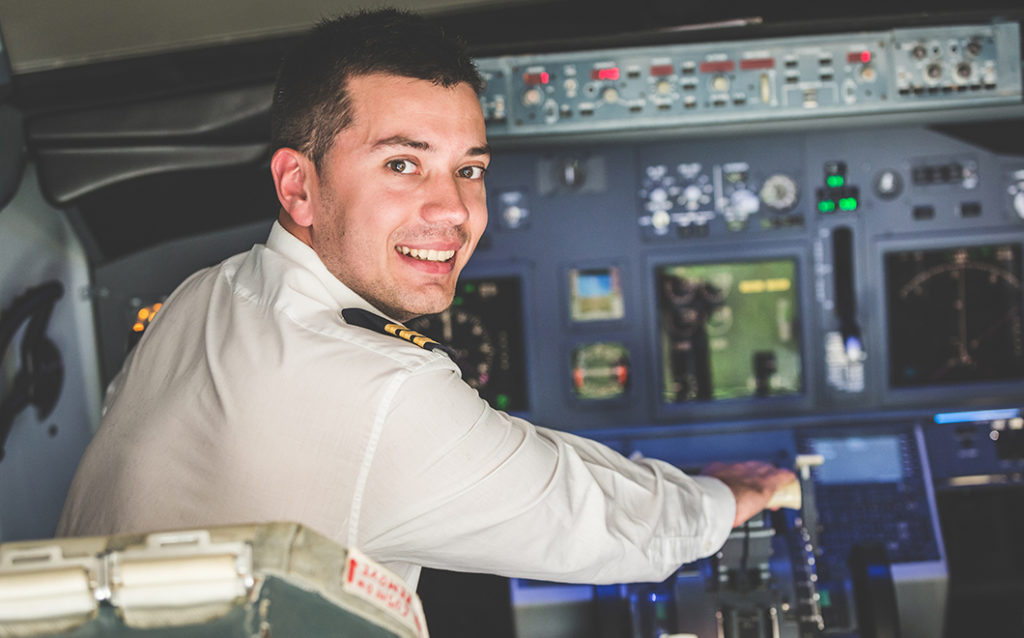Pilots typically do the following:
- Check the overall condition of the aircraft before and after every flight
- Ensure that the aircraft is balanced and below its weight limit
- Verify that the fuel supply is adequate and that weather conditions are acceptable
- Prepare and submit flight plans to air traffic control
- Communicate with air traffic control over the aircraft’s radio system
- Operate and control aircraft along planned routes and during takeoffs and landings
- Monitor engines, fuel consumption, and other aircraft systems during flight
- Respond to changing conditions, such as weather events and emergencies (for example, a mechanical malfunction)
- Navigate the aircraft by using cockpit instruments and visual references
Pilots plan their flights by checking that the aircraft is operable and safe, that the cargo has been loaded correctly, and that weather conditions are acceptable. They file flight plans with air traffic control and may modify the plans in flight because of changing weather conditions or other factors.
Takeoff and landing can be the most demanding parts of a flight. They require close coordination among the pilot; copilot; flight engineer, if present; air traffic controllers; and ground personnel. Once in the air, the captain may have the first officer, if present, fly the aircraft, but the captain remains responsible for the aircraft. After landing, pilots fill out records that document their flight and the status of the aircraft.
Some pilots are also instructors using simulators and dual-controlled aircraft to teach students how to fly.
The following are examples of types of pilots:
Airline pilots work primarily for airlines that transport passengers and cargo on a fixed schedule. The captain or pilot in command, usually the most experienced pilot, supervises all other crew members and has primary responsibility for the flight. The copilot, often called the first officer or second in command, shares flight duties with the captain. Some older planes require a third pilot known as a flight engineer, who monitors instruments and operates controls. Technology has automated many of these tasks, and new aircraft do not require flight engineers.
Commercial pilots are involved in unscheduled flight activities, such as aerial application, charter flights, and aerial tours. Commercial pilots may have additional nonflight duties. Some commercial pilots schedule flights, arrange for maintenance of the aircraft, and load luggage themselves. Pilots who transport company executives, also known as corporate pilots, greet their passengers before embarking on the flight.


